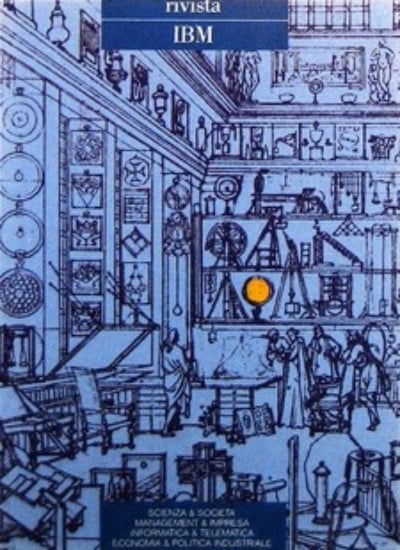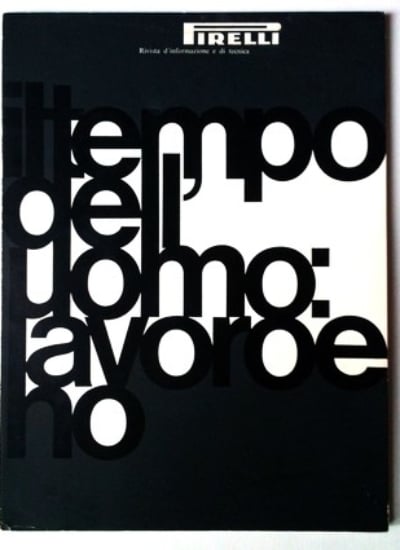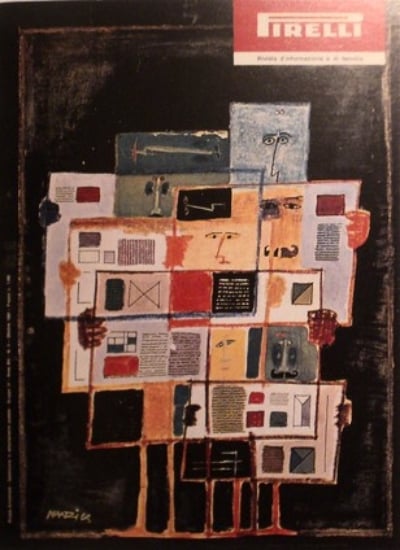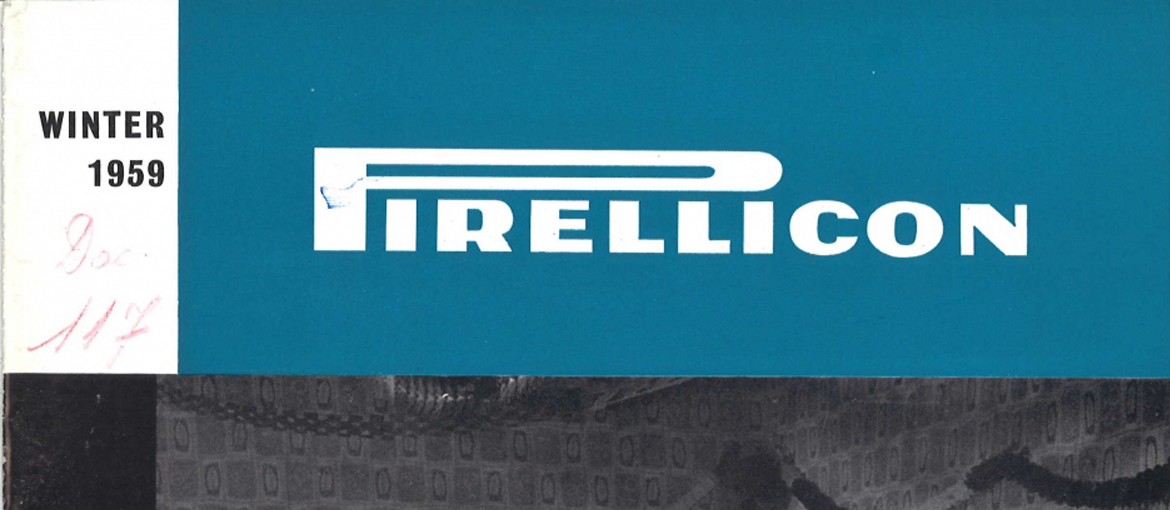Table of Contents
A house organ is what we otherwise might call a company magazine or newspaper. Its purpose is to officially update stakeholders about all company news. It serves to prevent stakeholders from learning things first from unofficial sources and, above all, at least in the pre-digital age, to promote the company’s values and culture.
It isn’t a promotional tool, at least not directly, but it can be used for taking an in-depth look at and reflecting upon issues. That’s why it’s more likely to be produced by the HR or communications department than the marketing department.
Why a house organ is important
A house organ is a great tool for informing people about performance, technological innovations, new products and services, as well as company events for employees or everything related to the firm’s supply chain, retailers and distributors. It’s vital for providing information continuity and for updating company communication.

What’s more, as we have already seen, it’s a tool for promoting corporate culture, where this exists and is well-established. Every SME, for example, is an entity that grows in a given area and continually interacts with it, both positively and negatively, and has an impact on the community, often a significant one. A house organ can be an effective tool for explaining how the company works, behaves and positions itself in relation to the community, as well as how the company brings its values to the community.
House organs: examples from history
In Italy, house organs started to emerge and spread after the First World War. Big companies and industrial groups invested in promoting culture, fuelling debate and bringing innovation to their employees.
What could be considered as the first Italian example of a house organ is the Bollettino delle Assicurazioni Generali, a news bulletin by a leading insurance company, published until 2010. FIAT also produced its own company magazine for several years. But among the most striking examples is “Civiltà delle Macchine” (machine civilisation), published by industrial engineering group Finmeccanica from the 1950s until the 1970s, with contributions from leading intellectuals like Gadda, Quasimodo, Ungaretti, Bo and others. Another example is Pirelli’s “Fatti e Notizie” (facts and news), which was created in 1950 and is still printed today.
Other examples of note, particularly in terms of graphic design, are the publications by Italsider, ENI, RAI and Rinascente.

A different approach was taken by industrialist Adriano Olivetti who, from 1946 to his death in 1960, produced the magazine “Comunità”(community), a veritable cultural manifesto for a new way of understanding corporate life and society.

It’s important to note how the communications departments of these big firms managed to involve poets, writers and artists effortlessly, with no concerns they were making their publications too highbrow.


At the same time, these magazines were designed by great art directors and designers like Pino Tovaglia, Eugenio Carmi, Italo Lupi, Massimo Vignelli, Max Huber, Giancarlo Illiprandi and Albe Steiner, to name but a few.
House organs today
Times change and so does the house organ, sometimes becoming a tool that steps off the company premises and stands alongside the products it sells.
But, most of all, it has started to evolve into a communication tool that uses various media: from paper to digital and, therefore, the web. Also, it is changing format and becoming an exercise in storytelling or part of a corporate social responsibility programme. Publications like the sustainability report are in some cases replacing the house organ and the continuous relationship it once fostered with employees and stakeholders. In-house blogs are creating a stream of news updates, as are newsletters.
Despite the new technologies available today, paper magazines are sticking around and continue to be a preferred method of communications between companies and their inner world, where inner world means no longer just employees, but also customers and donors. Examples include the magazines that charities produce and post to their donors (Oxfam, Cancer Research, Greenpeace, Save the Children, etc.). Other, more extreme examples are catalogues which feature pieces of corporate storytelling – produced by the likes of Lush and Ikea – alongside the products advertised, telling people about what’s happening in the company (at least, that’s how it’s presented).
The importance of company storytelling
Presenting a vision should be the goal of every company, large or small. Unfortunately, in recent decades, the very idea of corporate culture has been lost and remains the preserve of big business. Yet, every SME has an impact, even if just on its local area, creating a community around the firm which not only comprises employees and their families, but also suppliers, customers and everyone who has regular dealings with it.

A house organ is still one of the best ways for a company to promote its values to those people who already appreciate and are involved in the business day in, day out. It’s a key means of building and maintaining the company’s reputation and for keeping people engaged.
Producing a house organ
Most companies are SMEs and probably don’t have their own internal communications department. So producing a house organ might seem like a daunting undertaking but, if you know how, you can achieve surprising results. Here’s what you need to do to publish your own house organ.
1.Content creation
Obviously, written content must be interesting and there has to be an editorial line. It’s not simply a case of sticking an ad for the Christmas party on the notice board; you need to convey the company’s values and culture. You can optimise resources by having those who create content for the web do the same for the house organ, or even adapt existing web content. What’s more, the company magazine can provide a space for authoritative or emerging voices from the community, which can lend it professional heft.


2.Graphic design
It may seem obvious, but graphic design is fundamental and must be in-keeping with both the company’s vision and its corporate identity. This means paying attention to the style, layout and images used: working with a professional designer and photographer is a great idea. The end result should resemble a professionally produced magazine whose style and content are informed by the company’s editorial choices.

3.Production and printing
Your house organ should be available both in paper and digital format. As far as the paper version is concerned, you need to choose the paper carefully: people will think of it as a magazine, so its look and feel should be like a title you would find in a newsagent.
The same goes for formats (generally those suitable for posting in an envelope): as well as classic A4, you can experiment with different formats, taking you cue from famous magazines or house organs for big brands.
When it comes to binding, choose perfect binding for larger, more luxurious or authoritative publications, and stapled binding for livelier, fresher and lighter ones.


The idea is for your house organ to become a cornerstone in your company’s communication, because it’s a way of showing interest in people and the community. It’s a storytelling tool, one that allows the company’s language to escape the confines of sales and marketing, creating new bonds that go beyond the client/customer.

